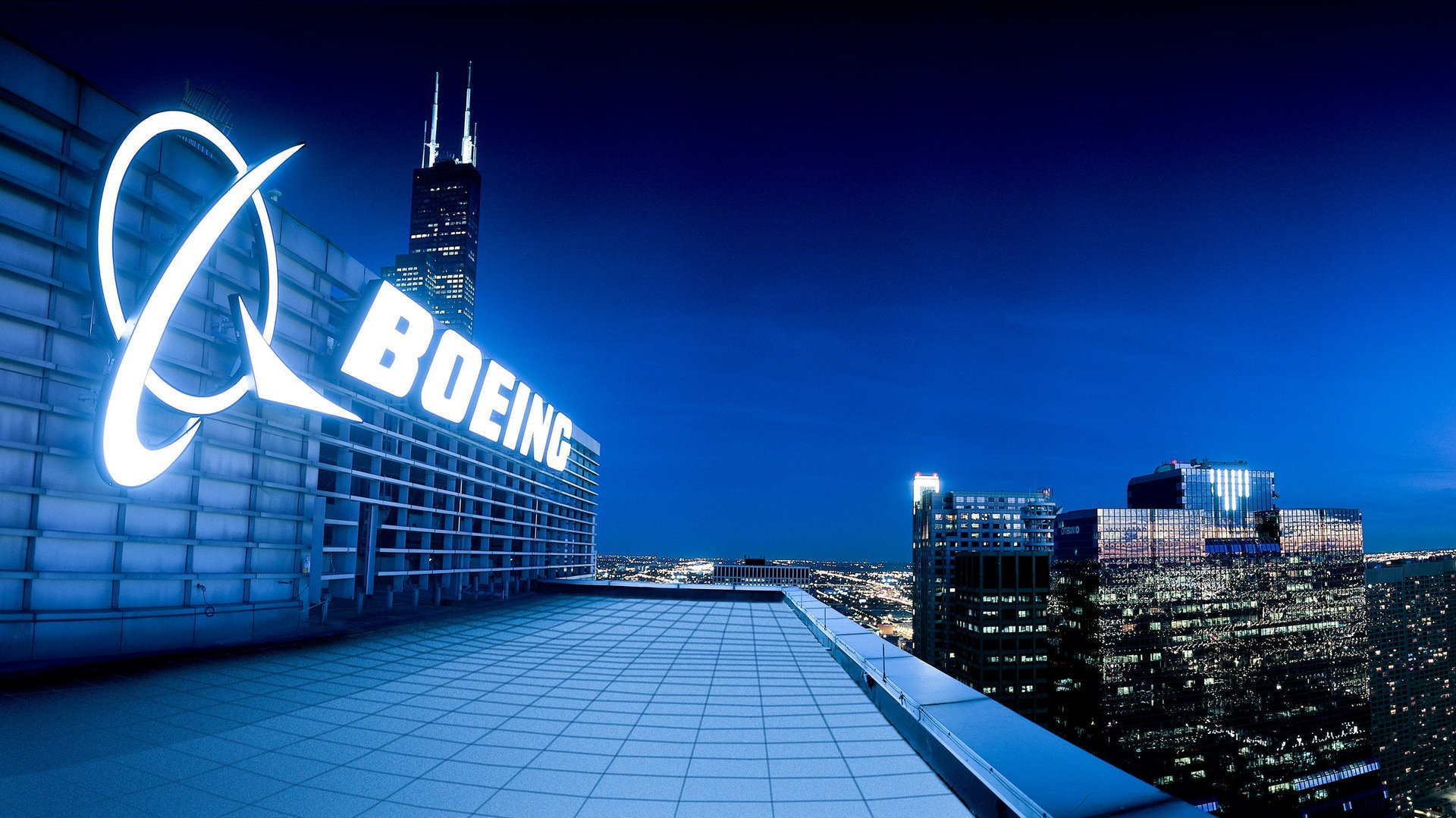Boeing is making a long-term play for hypersonic travel—but will passengers ever pay for it?
It’s fair to say that air travel ain’t what it used to be. Full service cabins imbued with the glamour of the skies have given way to an era of lean travel. Today, the majority of long haul travelers are keen to get somewhere as cheaply as possible—even at the expense of amenities, service, and an efficient itinerary.


It’s fair to say that air travel ain’t what it used to be. Full service cabins imbued with the glamour of the skies have given way to an era of lean travel. Today, the majority of long haul travelers are keen to get somewhere as cheaply as possible—even at the expense of amenities, service, and an efficient itinerary.
But leading aerospace designer and manufacturer Boeing plays the long game. This week, at the American Institute of Aeronautics and Astronautics conference in Atlanta, the company unveiled its concept for a hypersonic jet intended for commercial passenger travel. This would allow passengers to fly at five times the speed of sound—roughly 3,800 miles per hour—and reach Tokyo from Los Angeles in a mere three hours.
To be clear, the implementation of this technology is a long way off—two to three decades or so. If and when it comes, it will almost certainly cost more for passengers. Meanwhile, sonic travel has a spotty history, with the last supersonic Concorde service being removed from the airways in 2003 after an Air France crash killed everyone on board in 2000.
However, Boeing seems to acknowledge that it’s working on something the market may not quite be ready for. In a statement on its website, it said the technology will “position the company for the time when customers and markets are ready to reap the benefits of hypersonic flight.”
And indeed, while the aviation industry seems to be at a particularly frugal point, there are signs of life. Premium passengers—a minority of people who tend to want to get to the other side of the world as fast as possible—are more willing than ever to pay top dollar for top comfort. Meanwhile ultra long haul flights are showing an appetite for going further afield with as few interruptions and layovers as possible.
Charging an inflated price for a shorter flight will certainly be appealing to some—the question is will it be enough to make Boeing’s considerable investment viable? Luckily, Boeing still has a decade—or three—to figure it all out.